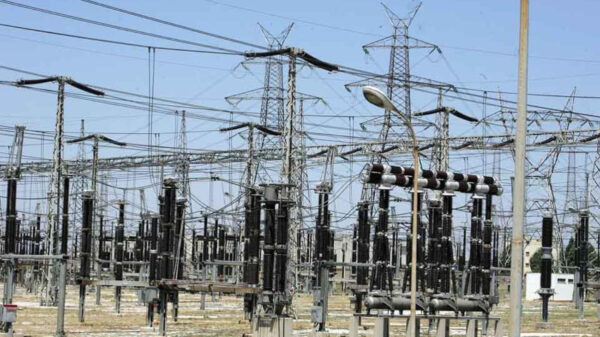In 2024, the average hourly labour costs in the whole economy (see methodological notes) were estimated to be €33.5 in the EU and €37.3 in the euro area, up compared with €31.9 and €35.7, respectively, in 2023.
These estimates come from data on labour costs levels published by Eurostat today. This article presents only a handful of findings from the more detailed Statistics Explained article.
Lowest hourly labour costs in Bulgaria, highest in Luxembourg
The average hourly labour costs show significant gaps between EU countries, with the lowest hourly labour costs recorded in Bulgaria (€10.6), Romania (€12.5) and Hungary (€14.1) while the highest in Luxembourg (€55.2), Denmark (€50.1) and Belgium (€48.2).
Average hourly labour costs in industry were €33.9 in the EU and €39.8 in the euro area. In construction, they were €30.0 and €33.4, respectively. In services, hourly labour costs varied between €33.3 in the EU and €36.4 in the euro area. In the mainly non-business economy (excluding public administration) they were €34.2 and €37.5, respectively.
The two main components of labour costs are wages and salaries and non-wage costs (e.g. employers’ social contributions). The share of non-wage costs in total labour costs for the whole economy was 24.7% in the EU and 25.5% in the euro area. The lowest shares of non-wage costs in the EU were recorded in Romania (4.8%), Lithuania (5.4%) and Malta (5.8%) and the highest in France (32.2%) and Sweden (31.6%).
Hourly labour costs increased by 5.0% in the EU between 2023 and 2024
In 2024, compared with 2023, hourly labour costs at whole economy level expressed in € rose by 5.0% in the EU and by 4.5% in the eurozone.
Within the euro area, hourly labour costs increased in all countries. The largest increases were recorded in Croatia (+14.2%), Latvia (+12.1%) and Lithuania (+10.8%) and the lowest in Czechia (+1.3%) followed by Finland (+1.8%) and Luxembourg (+2.1%).
For EU countries outside the euro area, the hourly labour costs expressed in national currency increased in 2024 in all countries, with the largest increases recorded in Romania (+14.2%), Bulgaria (+13.9%), Hungary (+13.6%) and Poland (+12.8%). They increased the least in Sweden (+3.6%).
For more information
- Statistics Explained article on hourly labour costs
- Thematic section on labour costs
- Database on the labour market
- Statistics 4 beginners on the labour market
Methodological notes
- Total labour costs refer to the total expenditure borne by employers to employ staff. They include vocational training costs or other expenditures such as recruitment costs, spending on working clothes, etc. They cover wage and non-wage costs minus subsidies. Wage and salary costs include direct remunerations before deduction of employees’ social contributions, bonuses, and allowances paid by an employer in cash or in kind to an employee in return for work done, payments to employees’ saving schemes, payments for days not worked and remunerations in kind such as food, drink, fuel, company cars, etc. Non-wage costs include the employers’ social contributions plus employment taxes regarded as labour costs minus subsidies, intended to refund part or all of the employer’s cost of direct remuneration.
- Labour costs data presented in this news item cover enterprises with 10 or more employees (including apprentices). Estimates are obtained by extrapolating the 2020 Labour Cost Survey (LCS) hourly labour cost data expressed in national currencies using the quarterly Labour Cost Index (LCI) transmitted by EU countries. In order to calculate monetary estimates in € and derive European aggregates, average annual exchange rates have been used. The LCI not adjusted for calendar effects is used, except for Denmark, Sweden, Iceland and Norway, where only calendar-adjusted data are available.
- Spain, Finland and Iceland: data are taken from national sources.
- Estimates for Malta are based on LCS 2016.
- In this publication, the whole economy includes all economic activities except NACE Rev. 2 sections: ‘A – Agriculture, forestry and fishing’, ‘O – Public administration and defence; compulsory social security’, ‘T – Activities of households as employers; undifferentiated goods – and services – producing activities of households for own use’ and ‘U – Activities of extraterritorial organizations and bodies’.































